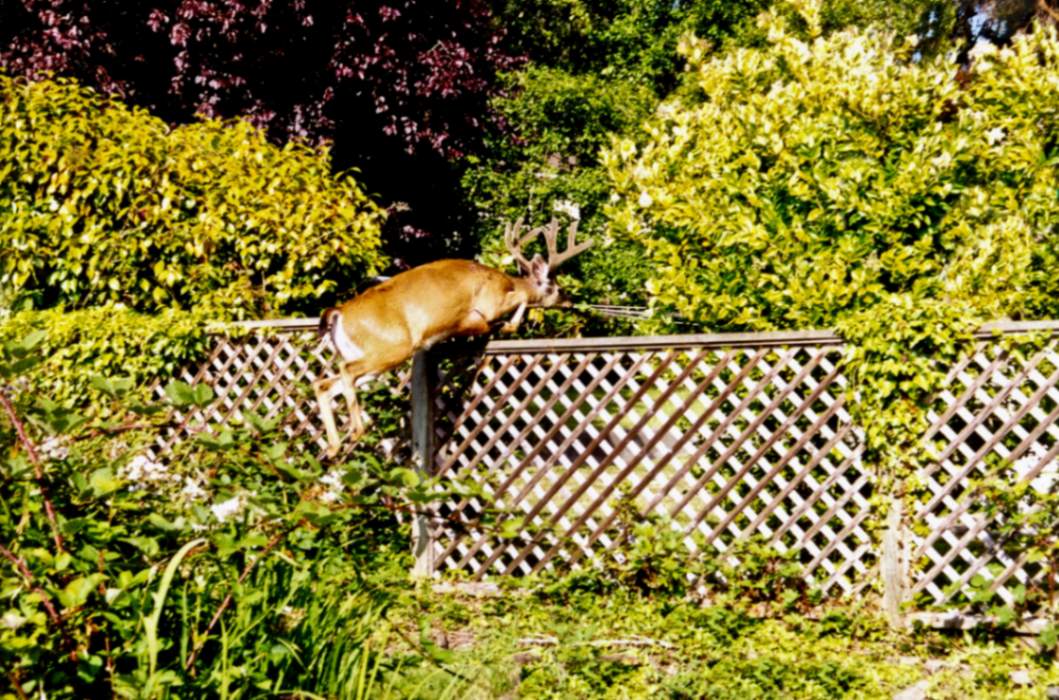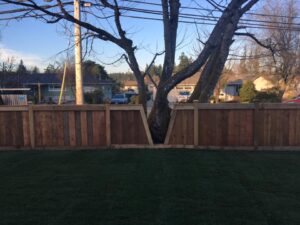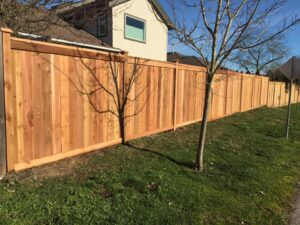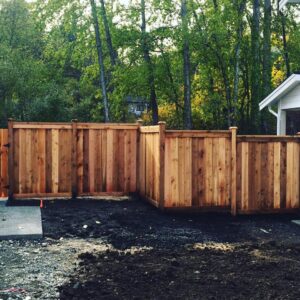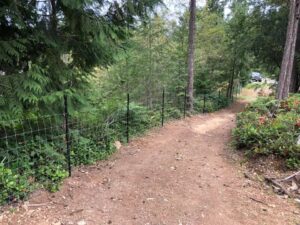If you’ve noticed deer munching on your garden or fresh vegetables, you’re not alone. Deer can not only be a huge P.I.A. but they can also cause quite a bit of damage. But ythere’s a better way than using harsh chemicals to protect your plants.
By understanding what deer like and how they behave, you can use simple, natural ways to keep them away.
From setting up barriers to planting certain herbs and using sounds, there are many safe and smart methods to try. Let’s look at the best ways to keep your garden safe without giving up your values.
Key Takeaways
- Plant deer-resistant flowers like coneflowers and black-eyed Susans, and strong-smelling herbs such as lavender and rosemary.
- Put up tall fences (at least 8 feet high) or use deer netting to block them out.
- Use natural sprays like crushed garlic or cayenne pepper solution every few weeks to keep deer away.
- Try wind chimes or motion-activated sprinklers to scare deer with sudden noises or movement.
- Group fragrant plants together to build a scent barrier that deer don’t like to cross.
Understanding Deer Behaviour and Preferences
To keep deer away from your garden, it’s important to know how they behave and what they prefer to eat.
Deer are plant-eaters, and their food choices change with the seasons. In spring and summer, they go for soft greens, flowers, and fruits. In autumn and winter, they look for woody plants and shrubs.
Knowing when deer are more likely to visit helps you plan ahead. For example, during mating season (the rut), male deer may come closer to homes, making your garden a possible snack stop.
Planting Deer-Resistant Flora
Adding deer-resistant plants to your garden can lower the chance of damage while keeping things colourful and attractive.
Start by picking native plants that grow well in your area—they’re easier to care for and often tougher against pests. Coneflowers, black-eyed Susans, and ornamental grasses are good choices.
Strong-smelling herbs like lavender, rosemary, and sage are also great. Deer don’t like the smell, and you can use these herbs in your cooking too!
Plant them close together to make a natural, fragrant barrier. This way, your garden looks lovely and stays safe.
Using Physical Barriers
While plants can help, nothing beats a good fence when it comes to keeping deer out.
Try fences made from chain-link or woven wire. Just make sure they’re at least 8 feet tall—deer are excellent jumpers!
If you can’t fence the whole garden, use deer netting around certain areas. This light, flexible material is easy to set up and blocks deer well.
You can also wrap chicken wire or mesh around your most prized plants. Just make sure the bottom is secure so deer can’t sneak under.
Natural Repellents: Herbs and Scents
If you want to stay eco-friendly, herbs and scents can help keep deer away.
Try planting herbs like lavender, mint, and rosemary. Their strong smells can confuse deer and make your garden less appealing.
You can also mix your own spray using garlic, cayenne pepper, and vinegar. Spray it on your plants every couple of weeks to keep deer from nibbling.
Another idea is to place dried herbs or scented sachets around the garden. Just remember to refresh them often, especially after rain.
Using Noisemakers and Movement
Believe it or not, adding sound and movement to your garden can make deer feel nervous and unwelcome.
Nick from Total Turf Maintenance – a landscaping company in Northfield MN states, “Usinging chimes, bells, or even a small radio can create unfamiliar sounds that scare deer.” Placing them in different spots so the noise covers more space is a helpful tactic that spreads the circumference of the area you don’t want deer.
Motion-activated sprinklers or spinning garden toys also add surprise movement – that scares deer. The quick action and sound can be enough to send deer running.
Try mixing a few different types of noise and movement so deer never get used to them.
Companion Planting for Protection
Once you’ve used sound and scent to your advantage, try companion planting to boost your garden’s defences.
This method means planting certain things next to each other to help protect them. For example, strong-smelling herbs like mint or rosemary can hide the scent of tasty plants nearby.
Marigolds are also great companions. Their smell can keep deer away, especially from vegetables.
Garlic is another helpful plant—it smells strong and can drive off not just deer, but other pests too.
By carefully picking what goes where, you can create a natural fence that helps your whole garden stay healthy.
Frequently Asked Questions
What time of year are deer most active in gardens?
Deer visit gardens most in spring and autumn. That’s when they look for new shoots or food to prepare for winter.
How do I identify deer tracks in my garden?
Look for hoof prints shaped like two teardrops, about 5–10 cm long. These are signs deer have been walking through your garden.
Can deer get used to repellents over time?
Yes, if you use the same repellent too often, deer might stop being bothered by it. Switch things up now and then to keep them guessing.
Are there certain times of day when deer come more often?
Deer are usually active around sunrise and sunset. That’s the best time to keep an eye on your garden or turn on deterrents.
How can I tell if deer are causing the damage?
Check for jagged bite marks on leaves, stripped bark, and hoof prints. Deer leave clear signs compared to smaller pests like rabbits or insects.
Conclusion
With these simple, natural tips, you can keep your garden safe from deer without using harmful chemicals. Build fences, plant herbs, and add sound or movement to make your space less inviting to deer. Use clever companion planting and natural sprays to boost your garden’s defences. With a little effort, your garden can stay beautiful and protected—all while staying eco-friendly.

